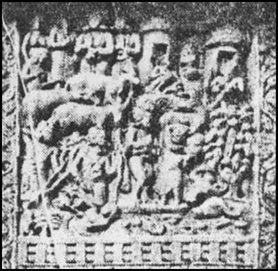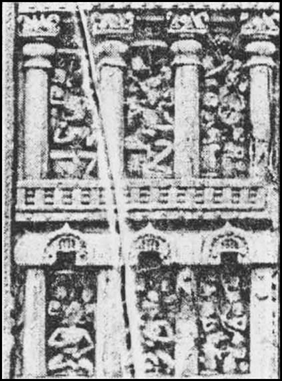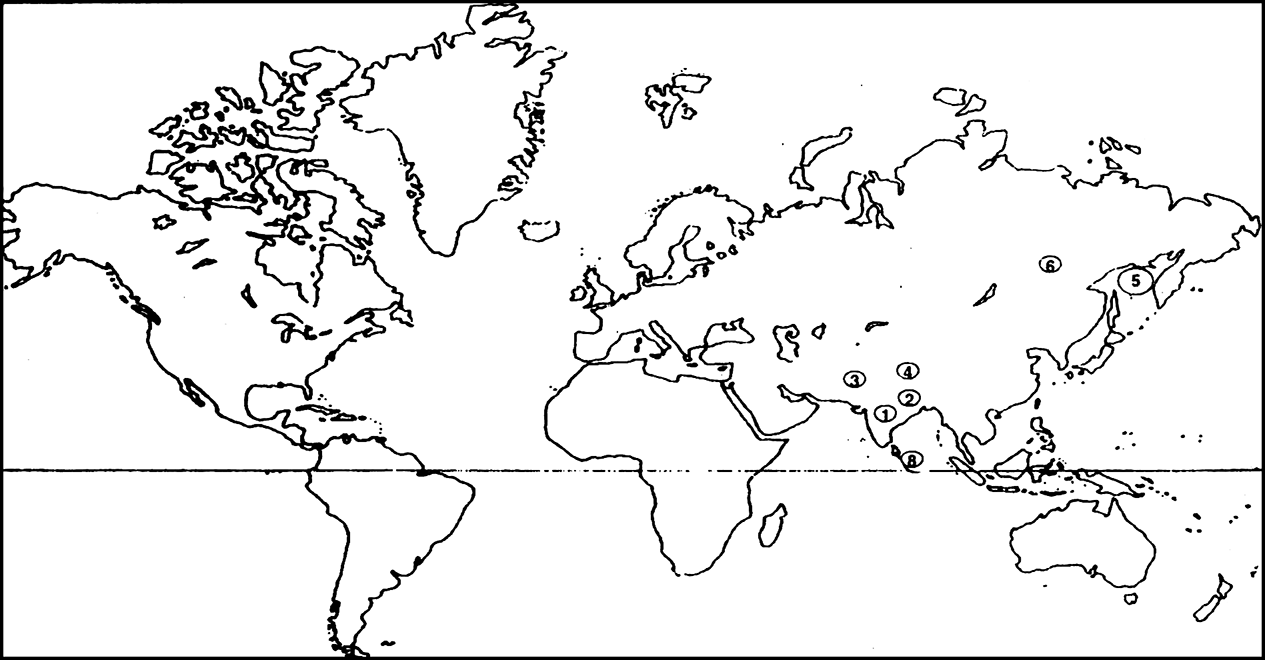“Early Buddhist teachings had given great importance to self effort in achieving Nibbana”. Justify the statement.
The Buddha emphasised individual agency and righteous action as the means to escape from the cycle of rebirth and attain self-realisation and nibbana, literally the extinguishing of the ego and desire – and thus end the cycle of suffering for those who renounced the world.
As mentioned there was no concept of savior, there was no one on whom one can rely onto, hence we find that early Buddhist teachings had given great importance to self effort in achieving Nibbana.






